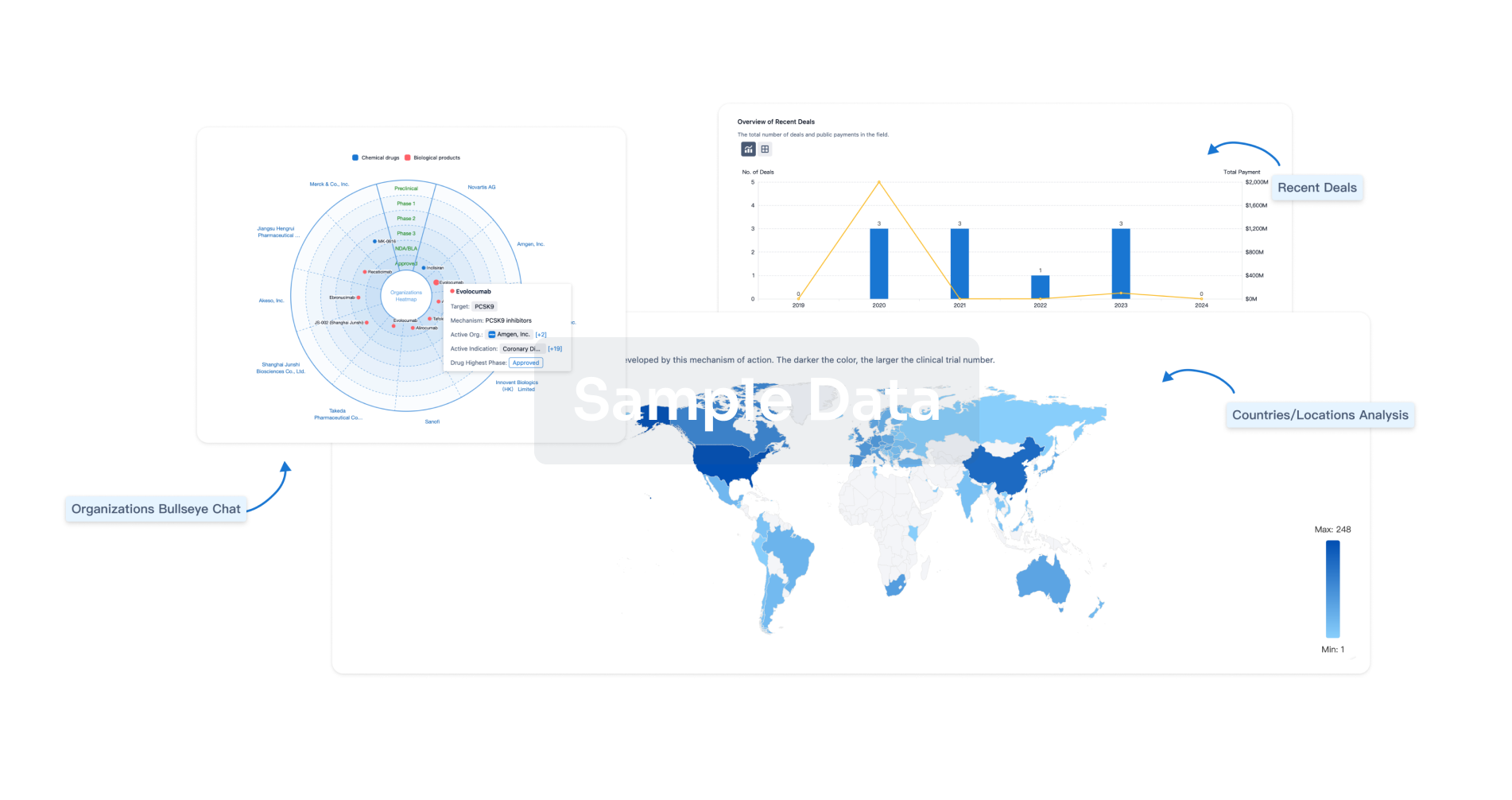Request Demo
Last update 08 May 2025
CASP family x XIAP
Last update 08 May 2025
Basic Info
Related Targets |
Related
100 Clinical Results associated with CASP family x XIAP
Login to view more data
100 Translational Medicine associated with CASP family x XIAP
Login to view more data
0 Patents (Medical) associated with CASP family x XIAP
Login to view more data
1,660
Literatures (Medical) associated with CASP family x XIAP01 May 2025·Biomaterials Advances
Etoposide-loaded lipopolymer nanoparticles promote Smac minetic activity against inhibitor of apoptosis protein for glioblastoma treatment
Article
Author: Kuo, Yung-Chih ; Lin, Chia-Wei ; Tai, Chien-Kuo
01 May 2025·Developmental & Comparative Immunology
The class A scavenger receptor member 3 (SCARA3) regulates cell apoptosis through X-linked apoptosis inhibitory protein (XIAP) in turbot (Scophthalmus maximus L.)
Article
Author: Li, Chao ; Yang, Ning ; Zhuang, Xinghua ; Wang, Zhongyi ; Wang, Beibei ; Cao, Lili ; Li, Suwan ; Li, Honghong ; Chen, Xuan
01 Apr 2025·Animal Models and Experimental Medicine
The miR ‐6779/XIAP axis alleviates IL ‐1β‐induced chondrocyte senescence and extracellular matrix loss in osteoarthritis
Article
Author: Su, Jingyue ; Fang, Xiaoxiang ; Gao, Peng ; Chen, Xin ; Tang, Kexing ; Li, Zongchao ; Chen, Kun ; Deng, Zhenhan ; Yang, Shengwu ; Dai, Aonan ; Li, Liangjun
Analysis
Perform a panoramic analysis of this field.
login
or

AI Agents Built for Biopharma Breakthroughs
Accelerate discovery. Empower decisions. Transform outcomes.
Get started for free today!
Accelerate Strategic R&D decision making with Synapse, PatSnap’s AI-powered Connected Innovation Intelligence Platform Built for Life Sciences Professionals.
Start your data trial now!
Synapse data is also accessible to external entities via APIs or data packages. Empower better decisions with the latest in pharmaceutical intelligence.
Bio
Bio Sequences Search & Analysis
Sign up for free
Chemical
Chemical Structures Search & Analysis
Sign up for free